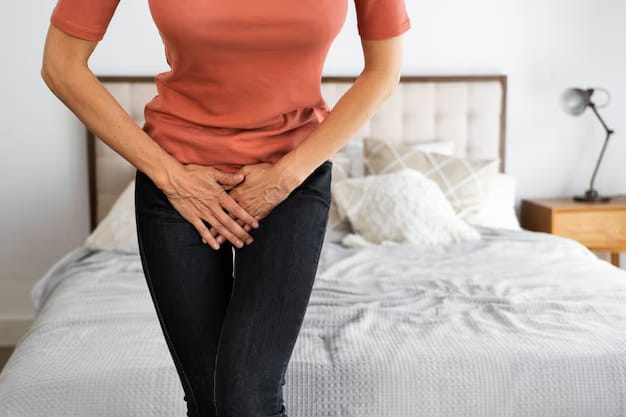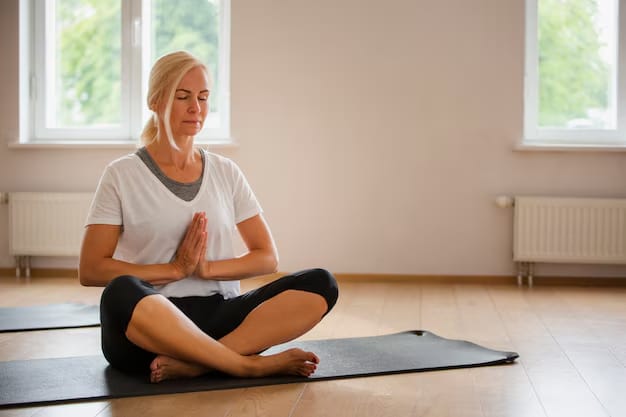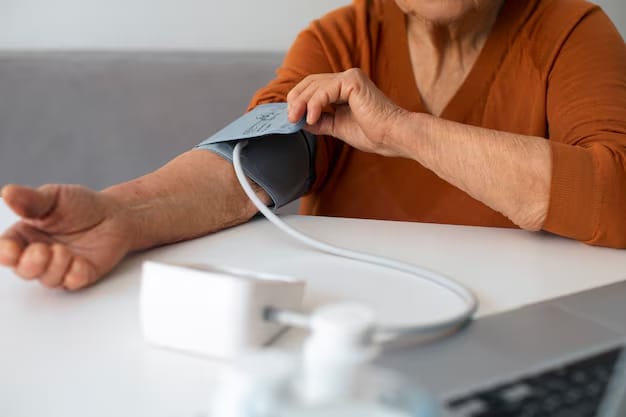- Health Horizon Herald
- Posts
- 09/17/24 - #219
09/17/24 - #219

Good morning. In today’s edition:
UTIs: Rising Risk Blamed on Food Likely in Your Refrigerator
Is Walking Effective?
Low-impact Yoga and Exercise Found to Help Older Women Manage Urinary Incontinence: After 12 Weeks of a Low-impact Yoga Program, Study Participants Had About 65% Fewer Episodes of Incontinence
Millions of Us Adults May Be Getting Wrong Blood Pressure Reads at Home | Around 17 Million US Adults Could Actually Be Getting Poor Blood Pressure Readings From at-home Kits That Aren't Fitted Correctly. This Potentially Has Serious Implications for Nearly 7% of American Adults
…and lots more. Have a great day!
FOOD & NUTRITION
UTIs: Rising Risk Blamed on Food Likely in Your Refrigerator

Urinary tract infections, or UTIs, are more common than ever, and your food might be to blame. From 1990 to 2019, the number of UTIs jumped from 252 million to 405 million worldwide. These infections are harder to treat. The bacteria are resisting antibiotics more often.
UTIs happen when bacteria enter the urinary system, which includes the bladder and the tube that carries urine out of the body. Although anyone can get UTIs, they are especially common in women due to their anatomy and certain habits, like not wiping properly. Surprisingly, our diets are also a big part of the problem.
A study found that in the U.S., about 640,000 UTIs each year are caused by E. coli bacteria from meat. This kind of bacteria is usually found in animals, and it can get on meat when animals are processed for food. If the meat isn’t cooked well, these bacteria can end up in our bodies and cause UTIs.
Using a lot of antibiotics in animals makes these bacteria even stronger against medicine. To avoid getting sick, it’s important to cook meat thoroughly and keep the kitchen clean.
You can also prevent UTIs by staying clean, drinking plenty of water, and using some protective steps, especially for women. These include wiping from front to back and using special creams after menopause. Knowing this can help you stay healthier.
WEIGHT LOSS
Is Walking Effective?

Many people overlook walking, thinking it’s just a simple activity. But walking is actually great for your health and can help you in many ways.
First, walking cuts down on stress. Just 20 minutes can lower your body’s stress hormone, cortisol. This makes you feel calmer, like turning off a noisy alarm. It’s a simple way to ease stress and relax.
Walking also boosts your creativity. If you’re stuck on a problem, taking a walk can clear your mind and help you think of new ideas. It gives you space to look at things differently and come up with creative solutions.
Plus, walking is excellent for weight loss. It burns calories and helps improve your metabolism, which can lead to losing extra pounds if you make it a regular part of your day.
It also lifts your mood and helps fight feelings of anxiety and depression. The tiny engines in your cells, called mitochondria, work better when you walk, making you feel happier and healthier.
Walking strengthens your mitochondria, meaning fewer diseases. It improves your digestion and boosts your immune system by increasing the variety of good microbes in your gut.
For those worried about heart health and diabetes, walking helps. It improves insulin and blood sugar levels. This is great for diabetics and pre-diabetics.
Lastly, walking benefits your eyes too. More oxygen reaches your brain and eyes when you walk, improving your vision.
So, don’t underestimate the power of walking. It’s a simple activity that can significantly improve your health and happiness.
HEALTH
Low-impact Yoga and Exercise Found to Help Older Women Manage Urinary Incontinence: After 12 Weeks of a Low-impact Yoga Program, Study Participants Had About 65% Fewer Episodes of Incontinence

For women over 45, managing urinary incontinence just got easier. A study from Stanford Medicine and the University of California, San Francisco, found that low-impact yoga can help. After 12 weeks, women doing yoga had 65% fewer incontinence episodes. A group doing stretching and strengthening exercises saw similar results.
This research was published in the Annals of Internal Medicine. The study shows that these exercises work as well as medications for incontinence. “It’s safe, inexpensive, and you don’t need a doctor,” said Dr. Leslee Subak from Stanford. Most of the yoga and exercise classes were online, making it easy for anyone to join.
More than half of women in their middle ages and up to 80% of women over 80 experience urinary incontinence. This problem can make women feel isolated and increase their risk of falls.
The study split participants into two groups. One group did yoga poses that strengthen muscles supporting the bladder. The other group did general exercises. Both groups met twice a week and practiced at home too.
By the end of 12 weeks, women in the yoga group went from having about 3.4 incontinence episodes a day to about 1.1. The exercise group also saw improvements.
Dr. Subak recommends trying low-impact yoga or similar exercises. “Be active!” she says, highlighting the overall health benefits, including for incontinence.
Millions of Us Adults May Be Getting Wrong Blood Pressure Reads at Home | Around 17 Million US Adults Could Actually Be Getting Poor Blood Pressure Readings From at-home Kits That Aren't Fitted Correctly. This Potentially Has Serious Implications for Nearly 7% of American Adults

About 17 million American adults might be getting wrong blood pressure readings because their home kits don't fit right. This could affect nearly 7% of people, says researchers from the Johns Hopkins Bloomberg School of Public Health.
These devices are supposed to make checking blood pressure easy at home. But the main problem is with the cuff size. Dr. Kunihiro Matsushita, a lead researcher, says, "Millions are affected because the cuffs are too small. Offering more sizes at no extra cost could fix this."
The study found that about 6.7% of adults have arms too big for the 'standard' cuffs. This issue is even bigger for Black adults, who often have higher blood pressure than other groups.
Researchers looked at 16 popular blood pressure devices sold online. They found most cuffs fit only smaller arms, and larger sizes cost more.
They suggest healthcare providers help patients find the right fit from the start. They also want makers to offer more sizes, just like clothes in a store.
Dr. Matsushita adds, "Consumers should be able to buy the blood pressure cuff sizes they need just like they buy clothes that fit."
This change could help millions of Americans check their blood pressure better at home.
✢ A Note From Hem Hero
The information in this health newsletter is for educational purposes only and is not a substitute for professional medical advice, diagnosis, or treatment; always consult your healthcare provider with any questions or concerns you may have regarding your health. The publishers are not responsible for any actions taken by the reader based on the information provided.